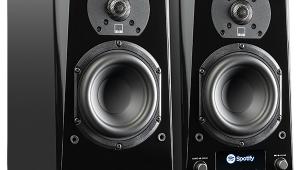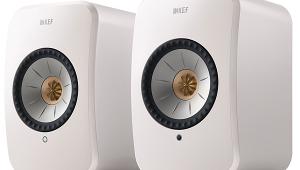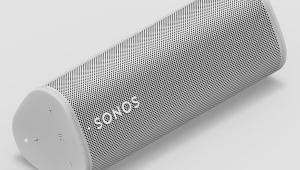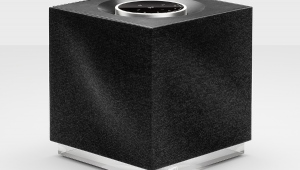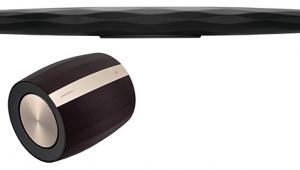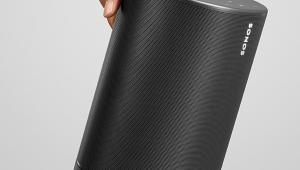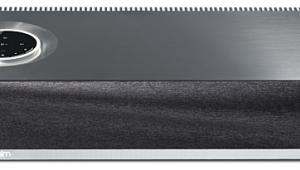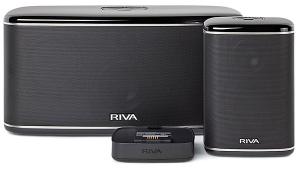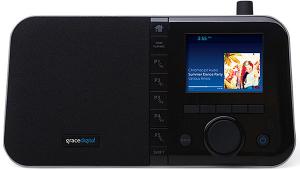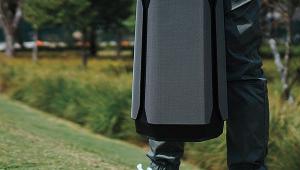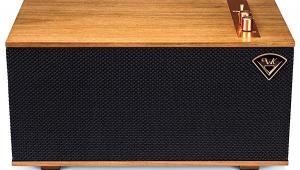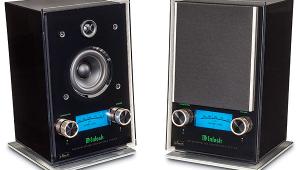Review: Sonos Play:3 Page 3
In the lab
When I wrote the first version of this review, I didn’t have a way to get signals from my measurement gear into the Play:3, so I did some crude measurements using pink noise, with the Play:3 on my 2-meter-high speaker measurement stand. Later, though, Sonos loaned me the $349 ZonePlayer 90, which has a line input I could use to feed test signals from my Clio FW analyzer into the Play:3. I’ve replaced the original measurements (which showed a very smooth response with a downward-tilted treble balance) with the ones you see here. The blue trace represents quasi-anechoic on-axis response at 2 meters above 200 Hz, spliced to a 1-meter ground plane measurement below 200 Hz, smoothed to 1/12th of an octave. (The ground-plane measurement was made with the mic placed equidistant from the front drivers and the rear passive radiator.) The green trace shows the average of responses at 0, 10, 20 and 30 degrees off-axis, which is the measurement we normally show in S+V.
All measurements were made by feeding the ZonePlayer90 a left-plus-right signal, which is a more demanding measurement than just feeding a single channel, because the side-by-side woofers will produce peaks and dips due to inter-driver interference when measured from off-axis.
On-axis response is extremely smooth and flat, measuring +/-1.7 dB from 300 Hz to 10 kHz, +/-6.4 dB from 69 Hz to 20 kHz. Off-axis response shows substantial treble roll-off but it’s smooth, with no minor peaks or dips except of course that big -18 dB dip centered at 5.5 kHz. These are vastly better results than I’ve measured from most iPod docks, whose frequency response charts tend to look like random scribble-scrabble drawn in crayon by a 2-year-old amped up on Red Bull.
I wouldn’t say the Play:3 plays loud enough for a party, but it comes close. On my proprietary, highly unscientific MCMäxxx™ maximum output test (cranking Mötley Crüe’s “Kickstart My Heart” up as loud as it’ll play without a lot of distortion, then measuring the average output at 1 meter), the Play:3 delivered 92 dB, which is perhaps 1 or 2 dB higher than average for a device of its size and configuration.
Wrap-up
I’ve rambled on an awfully long time about a $300 product, but that’s for two good reasons: The Play:3 does a lot of cool things and I really, really like it. In my opinion, this is the compact music system for the next decade.
